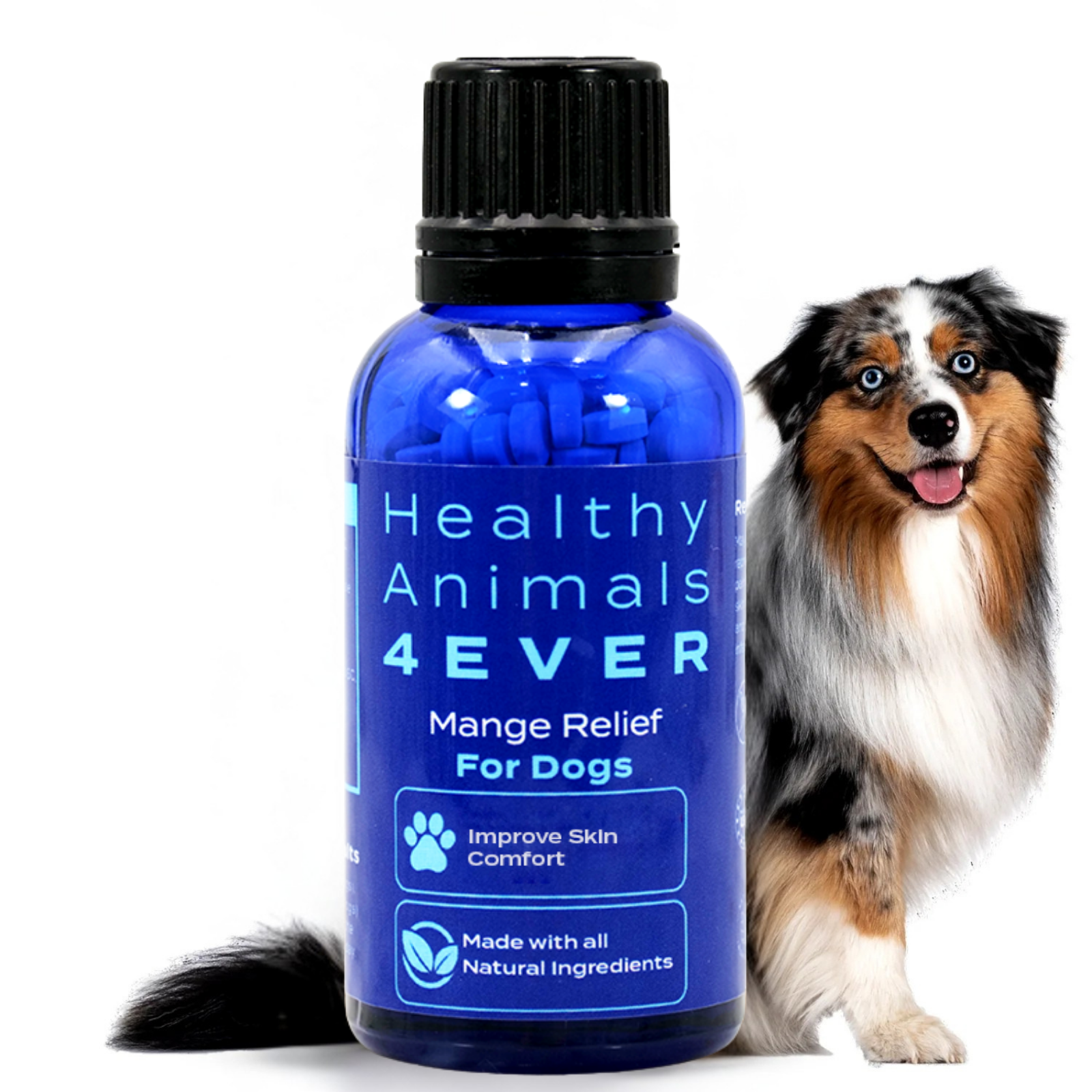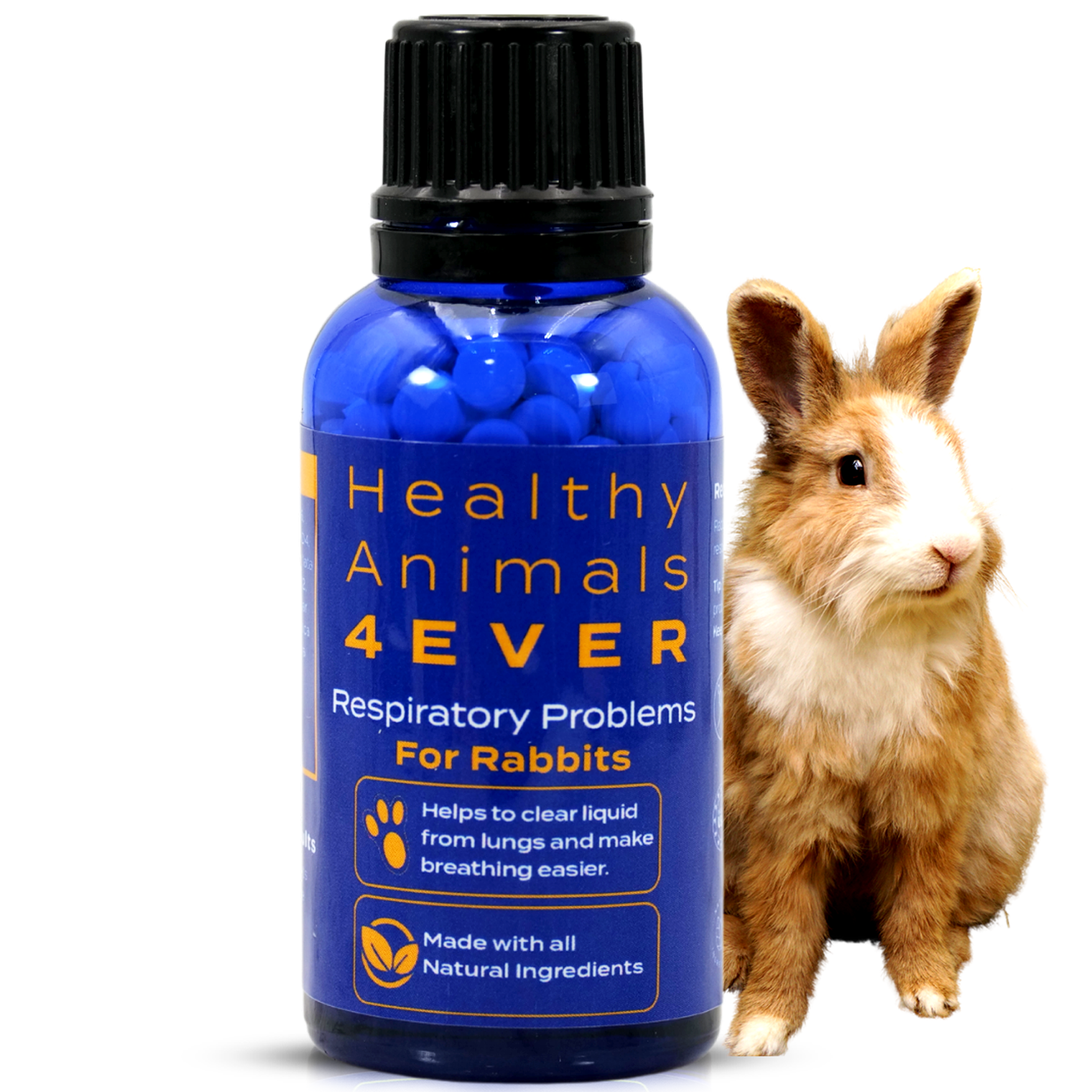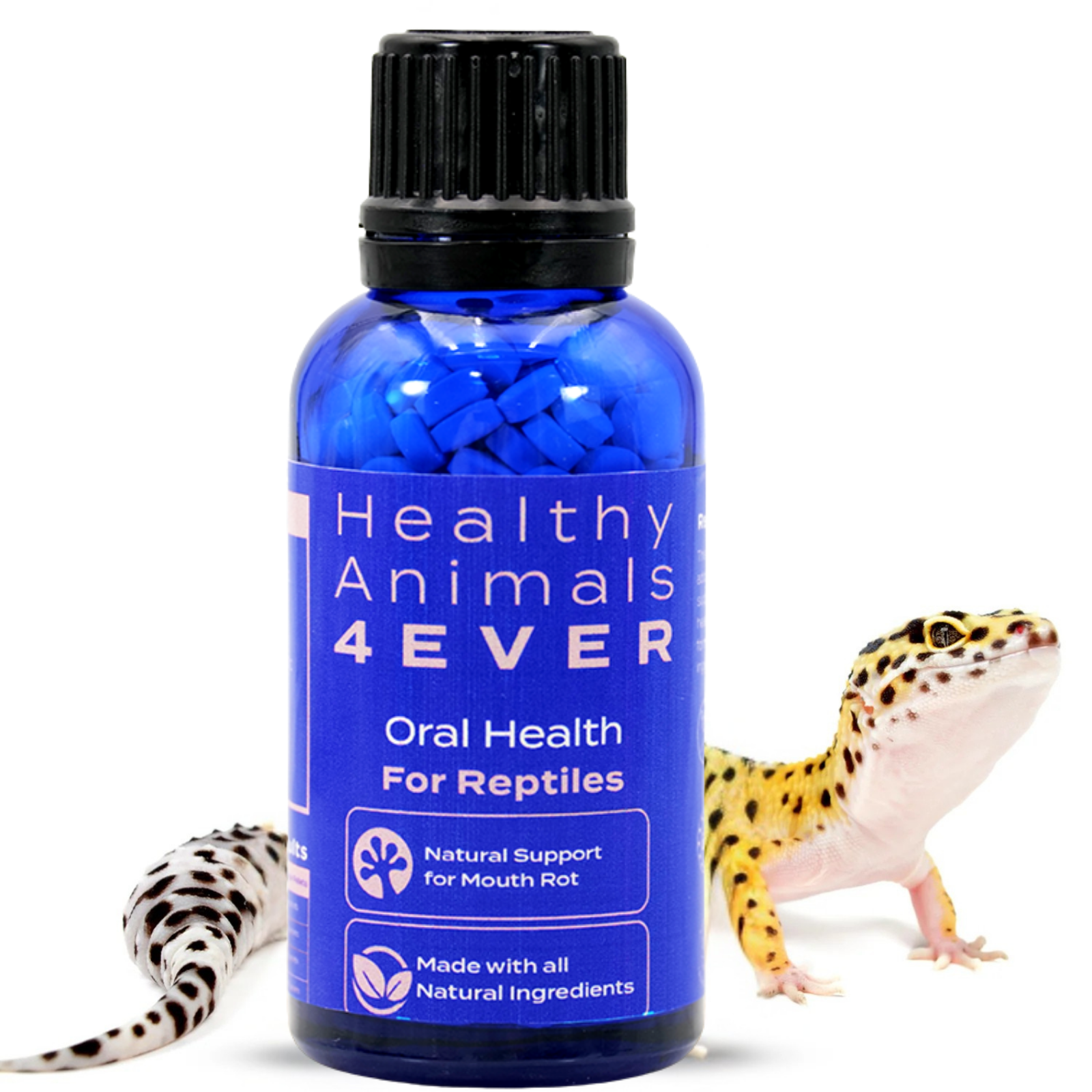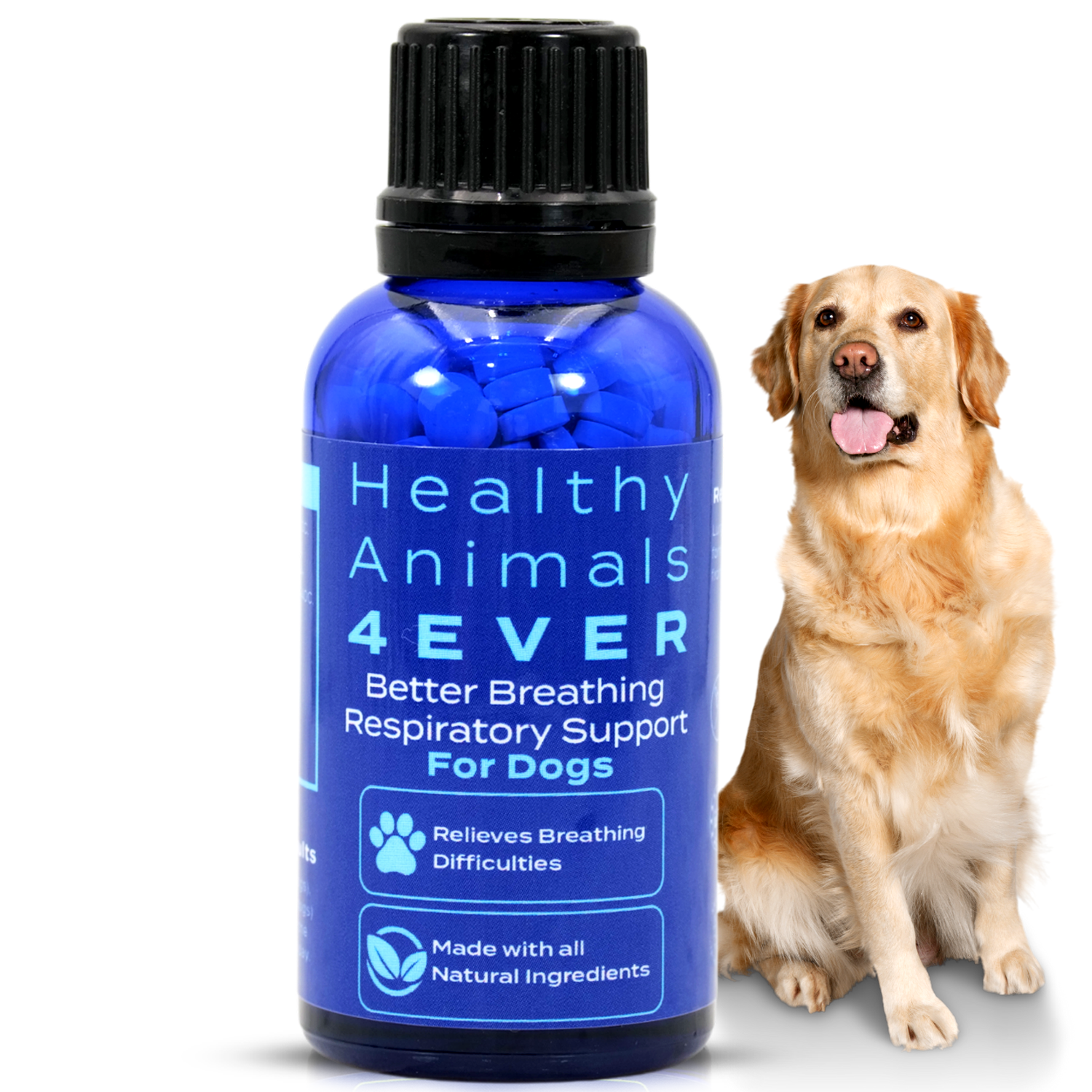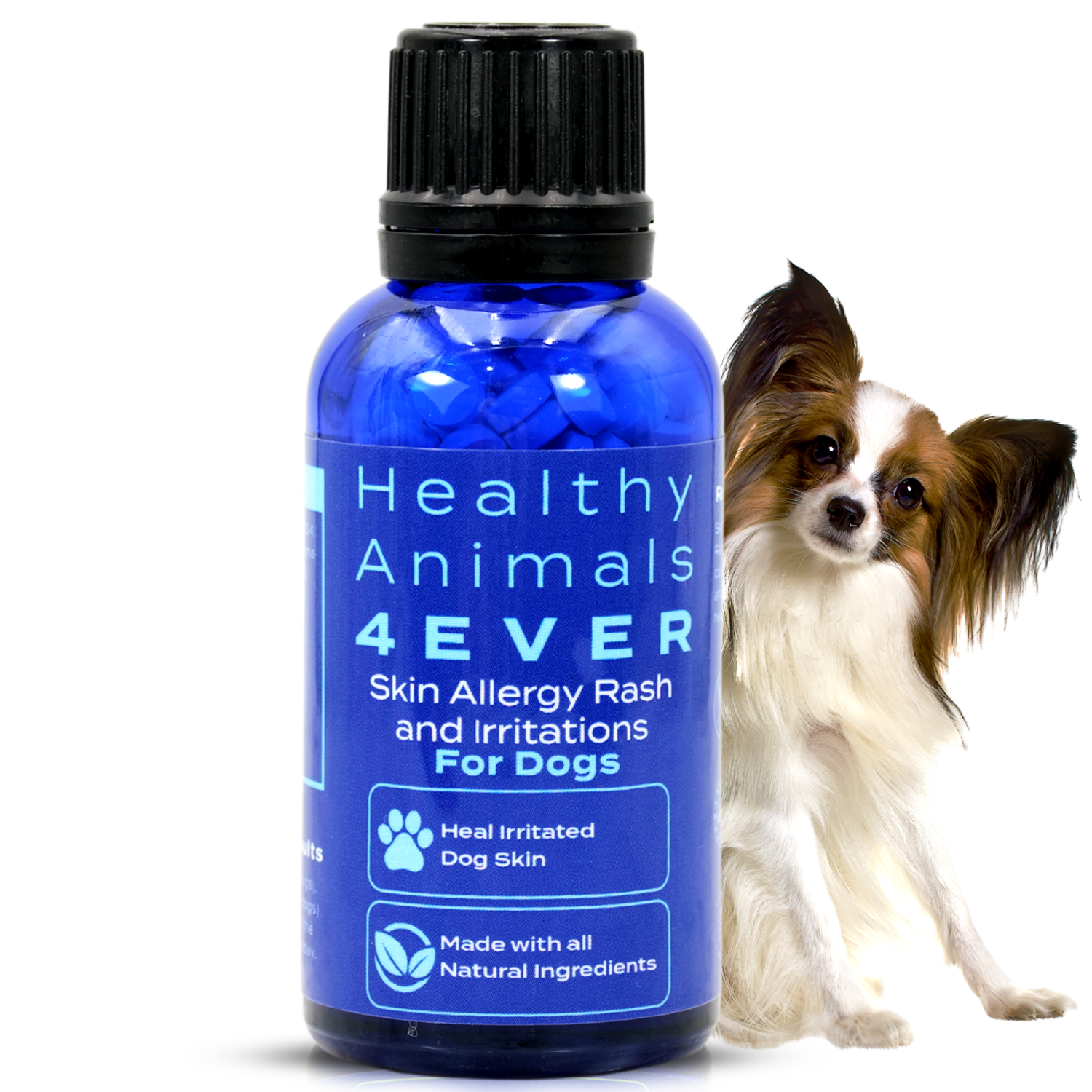Exploring the Benefits of Hypoallergenic Dog Breed
Hypoallergenic dogs are breeds of canines that are known to trigger fewer allergic reactions in humans than other breeds.
Thanks to their low-shedding coats, these dogs are becoming more popular for those with allergies or asthma who still want to enjoy the companionship of a furry four-legged friend.
Dogs come in various shapes, sizes, and temperaments, each with unique characteristics that make them an ideal fit for an individual.
Better Breathing Respiratory Support Formula for Dogs will help your dog breathe better by supporting your pet’s lungs and reducing the need to cough.
This article will explore some types of hypoallergenic dogs and explain why they are considered hypoallergenic.
What is a Hypoallergenic Dog?
The term 'hypoallergenic' is loosely used to refer to dogs that produce fewer allergens than other breeds. While there is no such thing as an entirely allergy-free breed, some have been specifically designed or chosen for their low-shedding coats and reduced dander production. The American Kennel Club (AKC) states that their breeders have adapted hypoallergenic dog breeds over time to reduce the number of allergens they produce.
The Basics of Hypoallergenic Dogs
When a person has allergies or asthma, they are often unable to keep pets. However, hypoallergenic dogs allow those affected by allergies or asthma to keep pets. These dogs don’t shed as much as other breeds and produce less dander, making them a better option for people with sensitivities.
The science behind their fur is still being studied. Still, it’s believed that their fur contains proteins that don’t cause allergic reactions in humans.

The Coats of Hypoallergenic Dogs
Hypoallergenic dogs all have one thing in common - their coats. Most breeds have shorter fur that doesn't shed as much as other breeds and produces less dander. This means less fur around the home that can cause allergies or asthma symptoms.
Some breeds, such as the poodle, require specialized haircuts every few months to keep their coat short and manageable. This helps reduce the dander they produce and keeps their coat neat.
Skin Allergy Rash and Irritations - Dogs relieve the itch and irritation caused by environmental allergens and skin irritants.
Why Choose a Hypoallergenic Dog?
Hypoallergenic dogs are an excellent choice for people with allergies or asthma. Due to their particular coat type, these dogs produce less dander, the dead skin cells that cause allergies. This makes them ideal for people who suffer from allergies or asthma.
Furthermore, they are generally easier to groom, as they don’t require as much brushing and are less likely to drop hair all over the house.

Hypoallergenic dogs are generally healthier since they shed less, meaning there is less risk of bacteria and dirt build-up on the coat. This helps keep the dog and its environment cleaner, reducing the risk of infections and other illnesses.
Additionally, some hypoallergenic dogs are known to have fewer behavioural problems than other breeds, making them easier to train and control.
Hypoallergenic dogs are generally more low-maintenance than other breeds. They don’t require as much grooming or exercise, making them ideal for people who don’t have much time to spare or have the space for a larger breed. Similarly, they tend to be quieter and more laid back than other breeds, making them perfect for those who lead a quieter lifestyle.
10 Popular Hypoallergenic Breeds
1) Bichon Frise: The Bichon Frise is a small breed of dog considered hypoallergenic due to its lack of shedding and low dander production. Unlike other breeds, the Bichon Frise has no undercoat responsible for trapping allergens and dander, making them an ideal choice for people with allergies. The Bichon’s coat is also curled and wavy, making it easier to groom and maintain. They also produce less saliva, so fewer allergens are produced from the dog’s saliva too.
The Bichon Frise is a friendly, intelligent, and playful breed, making them great for families with children. They are also very social and love being around people, making great companions. The Bichon Frise is an excellent choice for those looking for a loving and loyal companion.
A fun fact about the Bichon Frise is that they were once beloved by French royalty. They were believed to be favourites of King Louis XIV and Louis XV and were often seen accompanying them at court. The Bichon Frise was also the mascot of several French ships during the 19th century.

2) Poodle: Poodle is widely considered a hypoallergenic breed due to its low-dander coat. Dander is a common allergen produced by most dogs that can cause allergic reactions in people.
Poodles have a unique coat made up of hair rather than fur. This makes them less likely to shed and produce less dander, making them an excellent choice for those with allergies who still want to own a dog.
The Poodle has a long history, with the breed first being developed in Germany in the 16th century. The breed is known for its intelligence and unique coat, which comprises tightly curled hair. The coat of the Poodle is not only hypoallergenic but also highly water-resistant, making them a great swimmer.
Poodles come in three sizes: toy, miniature, and standard. The smallest of the Poodle sizes is the toy, usually weighing between 4 and 6 pounds. The miniature Poodle weighs between 10 and 15 pounds, while the standard Poodle usually weighs between 40 and 70 pounds. The coat of the Poodle can be combed and groomed in various styles, such as the classic topknot or the more modern lion cut.
In addition to their hypoallergenic coat, Poodles are also known for their intelligence and trainability. The breed is often used in dog sports, such as agility, obedience and rally. Poodles are also often used as service and therapy dogs due to their intelligence, trainability, and ability to form strong bonds with their owners.
One fun fact about the Poodle is that they have a long history of being used by royalty. In the 16th century, King Louis XIV of France kept a Poodle as his favourite pet.

3) Maltese: Maltese dogs are often considered hypoallergenic because of their low-shedding coats. This means the breed is unlikely to cause allergic reactions in people with pet dander and fur allergies. Their hair is long, silky, and wavy, often clipped or kept in a topknot. This hair doesn’t shed much, so it’s unlikely to trigger allergies. The Maltese may also be a hypoallergenic breed because it doesn’t produce much odour or dander.
The Maltese are a toy breed, meaning they’re small and can fit in the palm of your hand.
A fun fact about the Maltese breed is that it is an ancient dog breed. It is believed to have originated in the Mediterranean region over 2,500 years ago. It has been a popular breed for centuries. It was the favourite breed of Queen Elizabeth I and Catherine the Great.

You might also like the following:
- Check Out What To Expect From Your New Puppy
- Check Out Why Homemade Pet Food Is Safer For Your Pet
- Check Out How To Be A Good Dog Owner
4) Shih Tzu: Shih Tzu is considered a hypoallergenic dog because its coat has human-like hair and fur. This combination of hair and fur means that the shedding is significantly reduced compared to other breeds, thus making it a desirable breed for those with allergies. This low-shedding quality also requires less grooming and less frequent baths to maintain the coat.
A fun fact about the Shih Tzu is that it is an ancient breed with a history that dates back to the 7th century. The breed was originally bred in China as companion dogs for high-ranking members of the imperial court. The breed is still a famous companion dog known for its friendly and outgoing personality. It is also a famous show dog, often seen in the AKC and UKC conformation rings.

5) Schnauzer: The Schnauzer is considered hypoallergenic because it is a low-shedding breed. Schnauzers have a wiry outer coat and a soft undercoat that sheds little to no hair. This makes them an excellent choice for people with allergies who still want a furry companion.
A fun fact about the Schnauzer is that the breed mixes the Standard Poodle, Affenpinscher and a small breed of German Pinscher. This combination of breeds created the Schnauzer with a unique and lovable personality. Schnauzers are known to be intelligent and loyal, making them the perfect family pet.

6) Havanese: The Havanese is considered hypoallergenic due to its low-shedding coat. This breed has a single, silky coat that produces less dander and allergens than other breeds. The Havanese is also considered an ideal breed for those with allergies, as its coat is known to be non-irritating.
A fun fact about the Havanese is that it is the only breed native to Cuba. The breed is a direct descendant of the Bichon Tenerife and was originally bred as a companion for Cuban aristocracy. In addition, the Havanese was once known as the Cuban Silk Dog due to its luxurious coat.

7) Chinese Crested: The Chinese Crested is available in two varieties: the hairless and the powder puff. Both types are considered hypoallergenic and desired by those allergic to dog hair and dander. The bald, more common than the powder puff, has hair on its paws, head, and tail. Hair may also grow on its chin. Their hair is soft and does not shed as often as other breeds. On the other hand, the hairless Chinese crested is prone to sunburn and acne. It would help if you learned to care for this dog before buying one.

Powderpuff Chinese Crested has a full coat of long, soft hair that does not shed as often. People have fewer allergy issues with this breed because the hair is long and does not float through the air long enough for people to be affected. Both the hairless and the powder puff varieties are suitable companions for those with dog allergies.

A fun fact about the Chinese Crested is that it is known to be very affectionate and loves to be the centre of attention. It enjoys spending time with its family and loves cuddling and snuggling. The Chinese Crested is also very intelligent and can be trained to do tricks and obey commands. It is an energetic and lively breed that loves to be active and have fun.
8) Yorkshire Terrier: The Yorkshire Terrier is hypoallergenic because it does not shed as much fur as other breeds. The breed has a non-shedding fur coat, producing less dander and shedding, which are often triggers for people with allergies. This makes it an excellent breed for those looking for a dog to add to their family while avoiding potential allergies.
A fun fact about Yorkshire Terriers is that they were originally bred as a ratting dog. They were used to chase down rats and other rodents in clothing mills in the 1800s. Even though they are now mostly kept as pets, they still have their hunting instinct and can be quite the chasers.

9) Kerry Blue Terrier: The Kerry Blue Terrier is a giant hypoallergenic dog with a flat head, a predominant chest, and a coat similar to that of the Poodle or Maltese. The dog gets its name because its coat will take on a blue sheen once an adult. Originally used for hunting, the Kerry Blue Terrier is now considered a working dog and requires constant companionship.
To maintain this breed's coat, you must groom the dog every two months and brush the skin weekly to prevent clumping. Since the dog does not shed, this is one of the better hypoallergenic dogs to choose from. Also, this breed does not have an undercoat, which will also reduce allergic reactions.
However, be careful not to let the dog outside in cold weather since the lack of an undercoat will harm the dog in colder temperatures.

A fun fact about the Kerry Blue Terrier is that they have a strong instinct to herd. This breed was originally bred to herd sheep and was also known to hunt small game, including otters and badgers. Despite their herding instincts, Kerry Blue Terriers are loyal and loving companions who add significantly to any family.
10) Portuguese Water Dog: The Portuguese Water Dog is hypoallergenic because it has a low-shedding coat. Its coat is also easy to maintain with regular brushing and occasional trimming. This breed produces less dander and saliva than other breeds, which makes them an excellent choice for people with allergies.
A fun fact about the Portuguese Water Dog is that it is an excellent swimmer and diver. The breed was initially bred to help fishermen by herding fish into nets, retrieving lost tackle and carrying messages between boats. Portuguese Water Dogs are also known for their intelligence and are used as service and therapy dogs. They are also very social and make great family pets.

Conclusion
Hypoallergenic dogs are becoming increasingly popular among those who suffer from allergies or asthma due to their low-shedding coats and minimal dander production.
While there may be some debate over the exact science behind why these breeds are considered hypoallergenic, it’s clear that these dogs offer an opportunity for those affected by allergies or asthma to enjoy their companionship without triggering any sensitivities.


